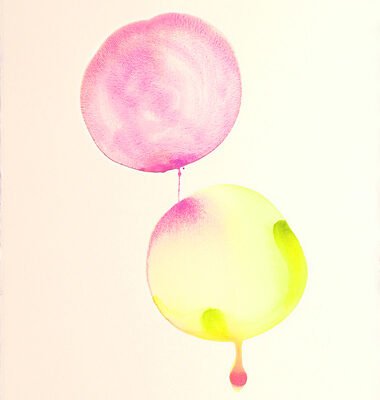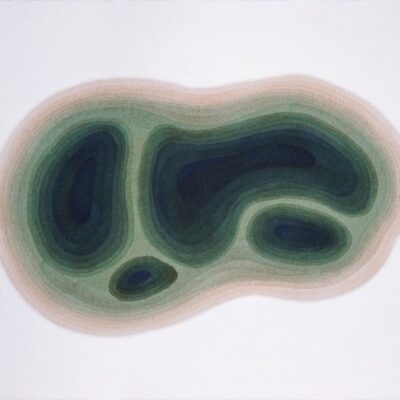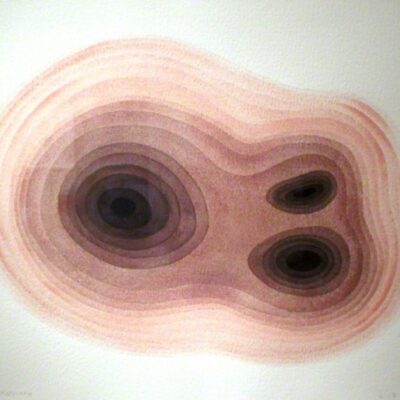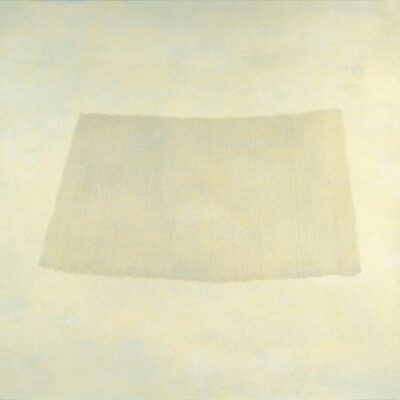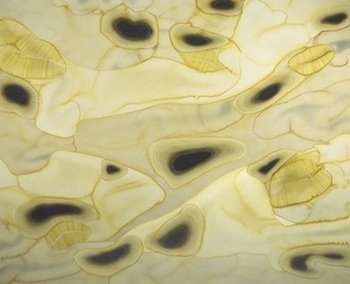
Liz Ward
Women & Their Work is pleased to present a series of silverpoint drawings and watercolor painting by Liz Ward in her solo exhibit titled Aqueous. James Housefield, in his essay about her work states, “Water and its traces course through the art of Liz Ward. Water’s fluidity recurs throughout the content and form of her work. At first glance, the drawings and paintings gathered within this exhibit may appear to be diverse examples of biomorphic abstraction. Beyond this relation to traditions of modern art, however, the works in Aqueous cohere as a clearly unified series of meditations on the nature of water, and on water’s presence in and around us.”
Artist Statement
The works in this exhibition, although varied in media and imagery, all share the theme of water. The earliest pieces are two silverpoint drawings on paper from 2002, River and Waves and Large Cascade. The first is a line drawing in which the idea of wave motion is combined with the idea of a river seen from above. The source for Large Cascade is actually a tiny image of fossilized vegetable matter whose shape in the drawing suggests a curtain of frozen falling water. In the later series of four Cellular Seasons drawings on panel, the accretion of lines creates wave-like patterns that collide with ovular openings in the field. Microscopic photographs of tree rings were the sources for this series; the openings are the vascular system of the tree through which water flows.
The Flow Mix watercolors record the properties of water mixed with pigment as it responds to the physical forces of gravity and surface tension. The Aquifers are imagined representations of hidden, underground lakes.
In assembling this group of work for the exhibition, I was struck by the recurrence of this theme in my work, as I did not set out with the intention of exploring it. As the determined search in our solar system for water or its traces demonstrates, the possibility of life requires water. Its properties influence all natural forms and systems, which are the more obvious preoccupations of my work.

